EXTRACTION AND GC-MS ANALYSIS OF OIL EXTRACTED FROM PINEAPPLE (Ananas comosus) PEELS
DOI: 10.23977/mpcr.2021.010101 | Downloads: 91 | Views: 5062
Author(s)
ORODU Victor Enearepuadoh 1, AKPEDI Ivan 1
Affiliation(s)
1 Department of Chemical Sciences, Faculty of science, Niger Delta University, P.M.B 071, Wilberforce Island, Bayelsa State. Nigeria
Corresponding Author
ORODU Victor EnearepuadohABSTRACT
This study determined the chemical compositions of oil extracted from the fruit peels of Ananas comosus collected from Amassoma community, Bayelsa state. Oil from the sundried peels was extracted using solvent extraction. The extract was analysed using GC-MS. Seven components were identified in the oil, and limonene was the most abundant (76.34%). The other components identified include palmitic acid (5.38%), n-decanal (0.95%), 1-cyclohexene-1-carboxaldehyde (4.27%), alpha-farnesene (1.26%), trans caryophyllene (0.53%) and myrcene (0.61%).
KEYWORDS
Chemical composition, extraction, oil, Ananas comosus. Agro wasteCITE THIS PAPER
ORODU Victor Enearepuadoh and AKPEDI Ivan, EXTRACTION AND GC-MS ANALYSIS OF OIL EXTRACTED FROM PINEAPPLE (Ananas comosus) PEELS. Modern Physical Chemistry Research (2021) Vol. 1: 1-8. DOI: http://dx.doi.org/10.23977/mpcr.2021.010101
REFERENCES
[1] Adepoju, T., F., Olawale, O., Okunola, A., A., and Olatunji, E., M. (2014). Solvent extraction of oil from soursop oilseeds & its quality characterization. International Journal of Sustainable Energy and Environmental Research 32), 80-89
[2] Aguedo, M., Kohnen, S., Rabetafika, N. (2012). Composition of by-products from cooked fruit processing and potential use in food products. Journal of Food Composition and Analysis 27(1), 61–69
[3] Ashoush, I., S., and Gadallah, M., G., E. (2011). Utilization of mango peels and seed kernels powders as sources of phytochemicals in biscuit, World Journal of Dairy and Food Sciences, 6 (1), 35-42. In: Feumba, D., R., Ashwini, R., P., and Ragu S., M. (2016). Chemical composition of some selected fruit peels. European Journal of Food Science and Technology, 4(4),12-21
[4] Bozkurt, T., Gülnaz, O., and Kaçar, Y., A. (2017). Chemical composition of the essential oils from some citrus species and evaluation of the antimicrobial activity IOSR Journal of Environmental Science, Toxicology and Food Technology (IOSR-JESTFT) 11(10),1-8
[5] Cassellis, M., A., R., Pardo, M., E., S., López, M., R., and Escobedo, R., M. (2014). Structural, physicochemical and functional properties of industrial residues of pineapple (Ananas comosus). Cellulose Chem. Technol., 48(7-8),633-641
[6] Feumba, D., R., Ashwini, R., P., and Ragu S., M. (2016). Chemical composition of some selected fruit peels. European Journal of Food Science and Technology, 4(4), 12-21
[7] Fiuza, T., S., Tresvenzo, L., M., F., Lopes, L., T., A.,, Ferri, S., P., H., Sampaio, B., L., and Paula, J., R. (2015). Chemical composition and variability of essential oils from the fruit peels of Citrus medica L. and mineral analysis of the fruit peels and soils. Research & Reviews: Journal of Pharmacognosy and Phytochemistry. Retrieved online from http://www.rroij.com/open-access/chemical-composition-and-variability-of-essential-oils-from-the-fruitpeels-of-citrus-medica-l-and-mineral-analysis-of-the-fruit-peels-andsoils.php?aid=54698
[8] Food and Agriculture Organization of the United Nations Statistics Division (FAO STAT) (2013). Retrieved online from http://faostat3.fao.org/browse/rankings/countries_by_commodity/E
[9] He, F., J., Nowson, C., A., Lucas, M., and Macgregor, G., A. (2007). Increased consumption of fruit and vegetables is related to a reduced risk of coronary heart disease. J. Hum Hypertens. 21(9),717-728
[10] Hossain, M. F. (2016). World Pineapple Production: an Overview. African Journal of Food, Agriculture, Nutrition and Development 16(4),11443-11456
[11] .(https://www.sigmaaldrich.com › product › aldrich Myrcene; CAS No. 123-35-3 -...Ad·https://www.sigmaaldrich.com/myrcene/123-35-3
[12] Huang, X., J., Chen, W., H., Ji, M., H., and Guo, F., Y. (2015). Chemical constituents from leaves of Ananas comosus and their biological activities. Chinese Traditional and Herbal Drugs 46(7),949-954
[13] Ibrahim, U., K., Kamarrudin, N., Suzihaque, M. U., H., Hashib, S. A. (2016). Local Fruit Wastes as a Potential Source of Natural Antioxidant: An Overview IOP Conf. Ser.: Mater. Sci. Eng. 206,1-9
[14] Lota, Marie-Laure, D. de Rocca Serra, C. Jacquemon, F. Tomi and J. Casanova. Chemical variability of peel and leaf essential oils of sour orange. Flavour Fragrance J. 16(12), 89-96 (2001).
[15] Moon, J., K., and Shibamoto, T. (2009). Antioxidant assays for plant and food components. Journal of Agricultural and Food Chemistry 57:1655-1666.
[16] Narjis, H., M., A., Najwa., S., A., and Shaima, E., S. (2009). Determination of some chemical compounds and the effect of oil extract from orange peel on some pathogens. Journal of Kerbala University, 7(2), 33 - 39
[17] Oliveira, A., C., Valentim, I., B., Silva, C., A. (2009). Total phenolic content and free radical scavenging activities of methanolic extract powders of tropical fruit residues. Food Chemistry 115(2), 469–475
[18] Orodu, V., E., and Inengite, A., K. (2018). Extraction and physicochemical analysis of oil extracted from pineapple (Ananas comosus) peels. World Journal of Pharmaceutical Research 7(18),154-166.
[19] Pranav, D., P., Sachin, A., M., and Bhaskar, D,. K. (2017). Fruit peel waste: characterization and its potential uses. Current Science 113(3), 444-454
[20] Sagar, N., A., Pareek, S., Sharma, S., Yahia, E., M., Lobo, M., G. (2018). Fruit and Vegetable Waste: Bioactive Compounds, Their Extraction, and Possible Utilization. Comprehensive Reviews in Food Science and Food Safety 17(3), 512 -531
[21] Shalini, R. and Gupta, D. K. (2010), Utilization of pomace from apple processing industries: a review. Journal of Food Science and Technology, 47 4), 365-371.
[22] Shui, G., and Leong, L., P. (2006). Residue from star fruit as valuable source for functional food ingredients and antioxidant nutraceuticals. Food Chemistry 97(2), 277–284, 2006.
[23] Silva, D., I., S., G. D. R. Nogueira and A.G. Duzzioni, Ind. Crop. Prod., 50, 557 (2013). In: Cassellis, M., A., R., Pardo, M., E., S., López, M., R., and Escobedo, R., M. (2014). Structural, physicochemical and functional properties of industrial residues of pineapple (Ananas comosus). Cellulose Chem. Technol., 48(7-8), 633-641
[24] Socaci, S., A., Rugină, D., O., Diaconeasa, Z., M., Pop, O., L., Fărcaș, A., C., Tofană, A., P., M., and Adela Pintea (2017). Antioxidant Compounds Recovered from Food Wastes, Functional Food. In: Improve Health through Adequate Food, Maria Chavarri Hueda, IntechOpen, DOI: 10.5772/intechopen.69124. Retrieved from: https://www.intechopen.com/books/functional-food-improve-health-through-adequate-food/antioxidant-compounds-recovered-from-food-wastes
[25] Ukana, D., A., Aniekan, E., A. and Enin, G,. N. (2012). Evaluation of proximate compositions and mineral elements in the star apple peel, pulp and seed, Journal of Basic and Applied Scientific Research, 2(5), 4839-4843
| Downloads: | 960 |
|---|---|
| Visits: | 60764 |
Sponsors, Associates, and Links
-
Forging and Forming

-
Composites and Nano Engineering
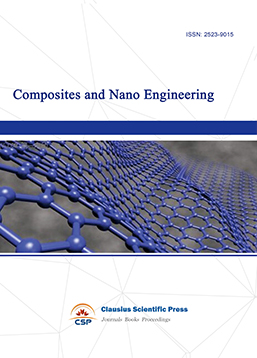
-
Journal of Materials, Processing and Design
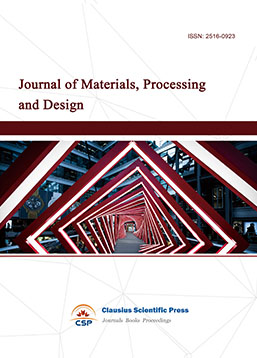
-
Metallic foams
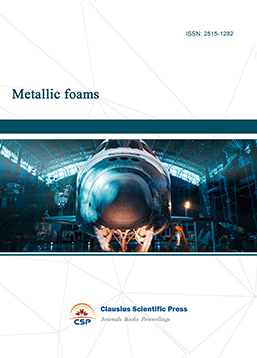
-
Smart Structures, Materials and Systems

-
Chemistry and Physics of Polymers
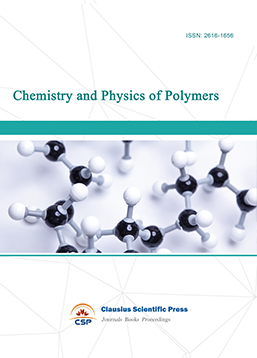
-
Analytical Chemistry: A Journal
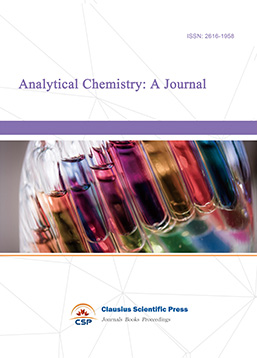
-
Inorganic Chemistry: A Journal

-
Organic Chemistry: A Journal
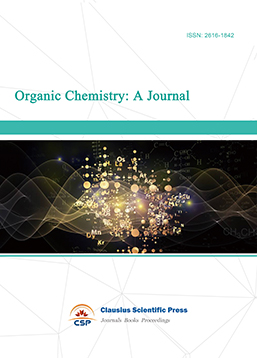
-
Progress in Materials Chemistry and Physics

-
Transactions on Industrial Catalysis
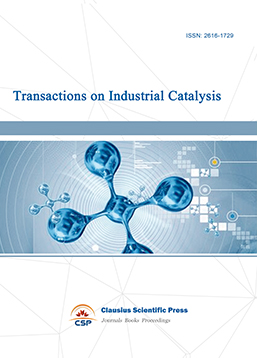
-
Fuels and Combustion

-
Casting, Welding and Solidification

-
Journal of Membrane Technology
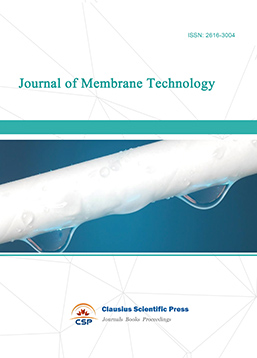
-
Journal of Heat Treatment and Surface Engineering
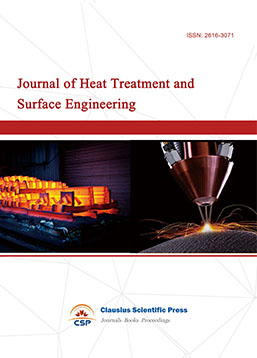
-
Trends in Biochemical Engineering

-
Ceramic and Glass Technology

-
Transactions on Metals and Alloys
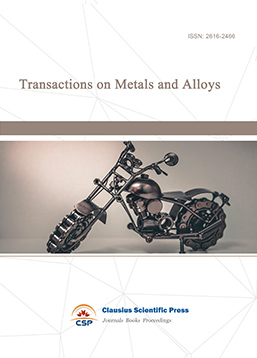
-
High Performance Structures and Materials
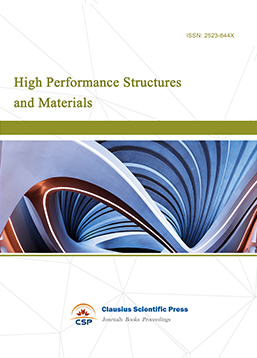
-
Rheology Letters

-
Plasticity Frontiers

-
Corrosion and Wear of Materials

-
Fluids, Heat and Mass Transfer

-
International Journal of Geochemistry
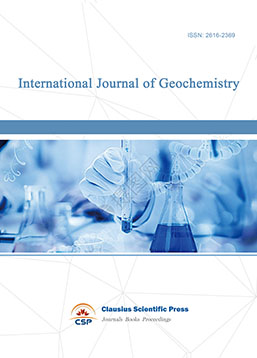
-
Diamond and Carbon Materials
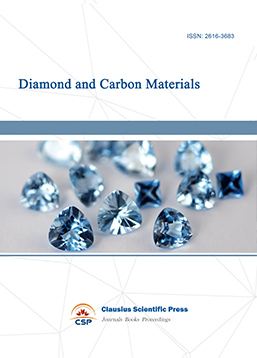
-
Advances in Magnetism and Magnetic Materials
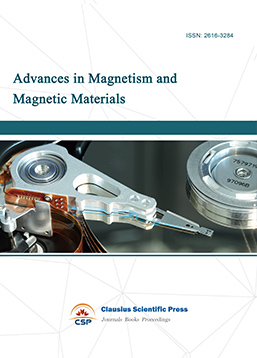
-
Advances in Fuel Cell

-
Journal of Biomaterials and Biomechanics
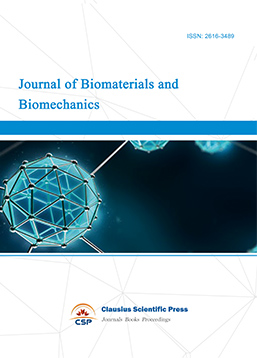

 Download as PDF
Download as PDF